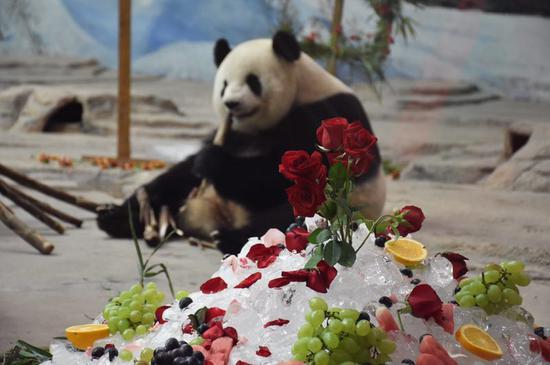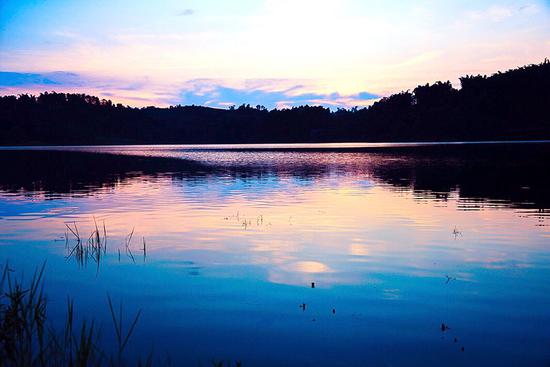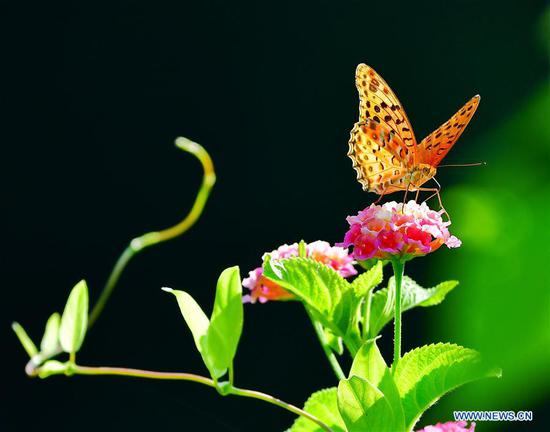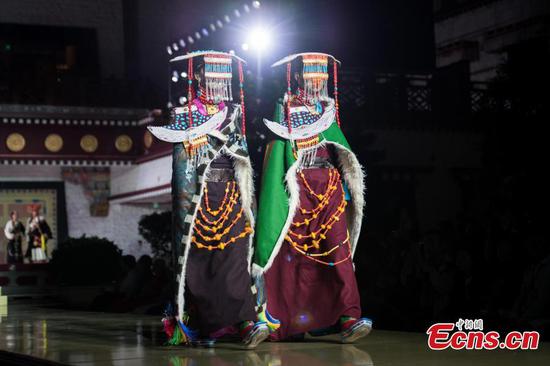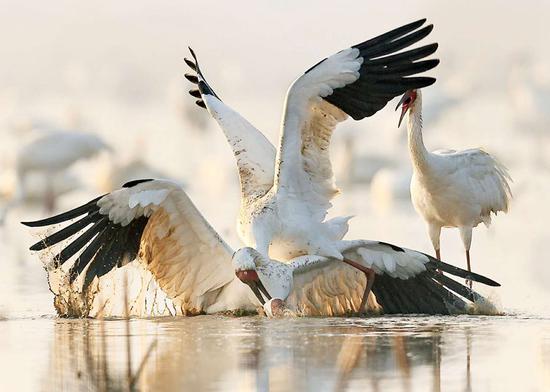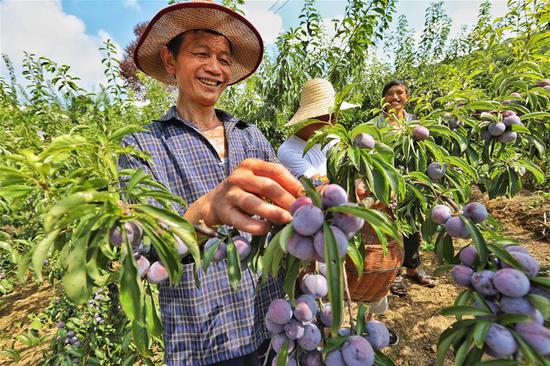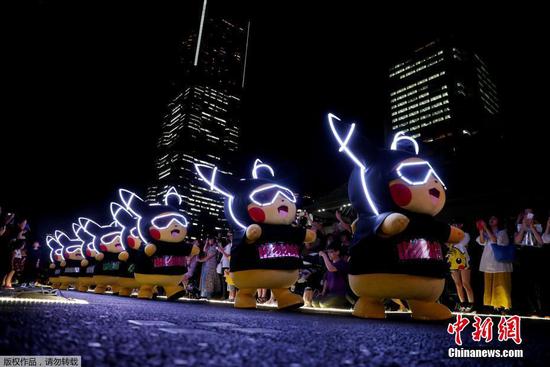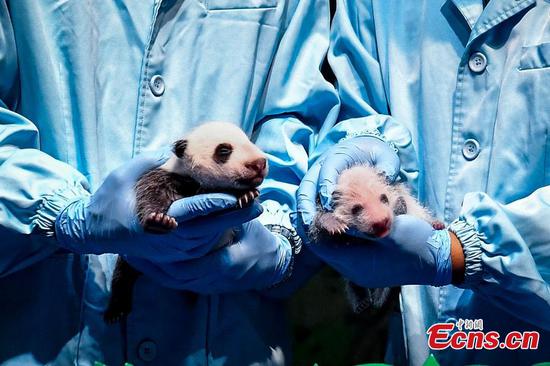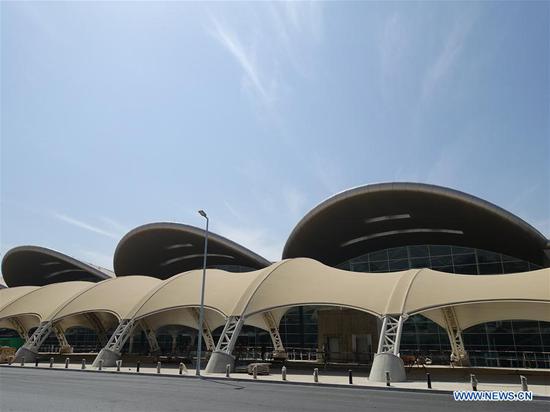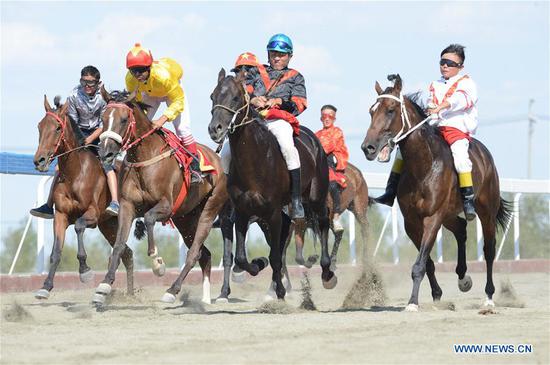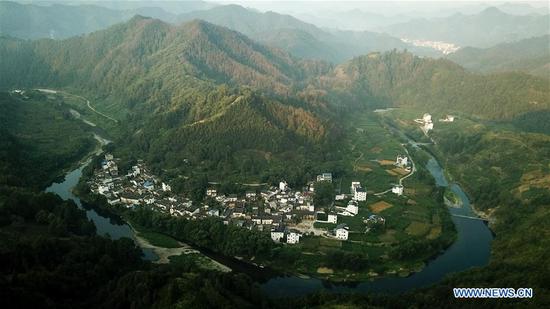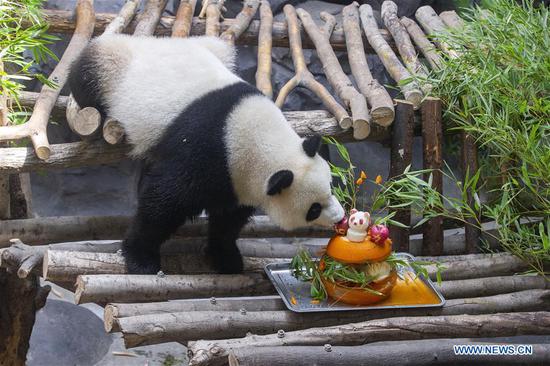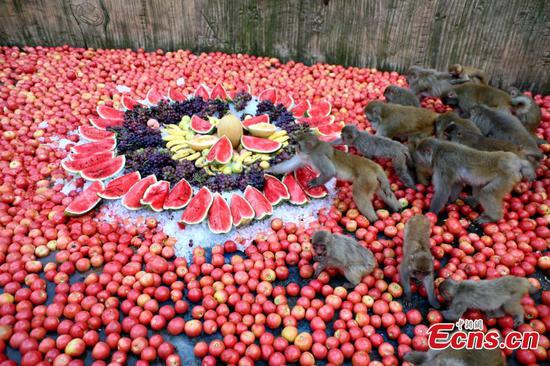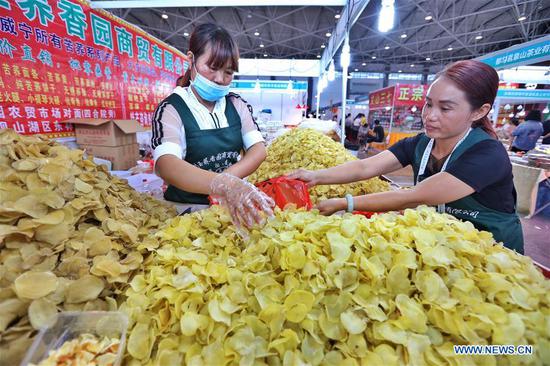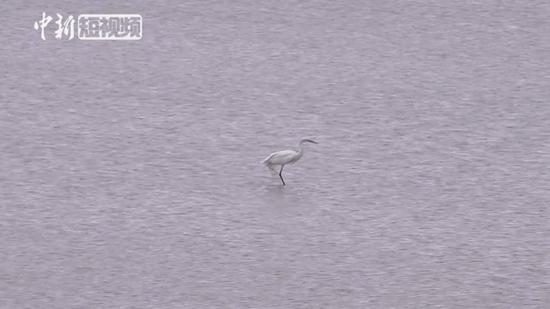Monks chant as the sounds of bells and horns are heard in the misty sunrise. On the southern slope of Mount Gephel is the giant Buddha Thangka, a Buddhist painting, measuring 40 meters long and 37 meters wide, a sight to see as tens of thousands of believers pray and crawl along the hill.
The Shoton Festival kicked off Saturday August 11 in Lhasa, capital of southwest China’s Tibet Autonomous Region, with the grand thangka unfolding ceremony and other celebrations.
The annual festival takes place on the last day of June of Tibetan calendar and lasts until the beginning of the seventh month, usually corresponding to August in the solar calendar. This year, it will run through August 17.
Shoton, in the Tibetan language, can be divided into “sho” means yogurt and “ton” refers to “eating.” In this sense, the festival is also termed the Yogurt Festival or the Yogurt Banquet Festival, during which a large amount of yogurt is served at every corner in Lhasa.
Originating from the 11th century, Shoton was originally a religious observance where local villagers offered homemade yogurt to pious Buddhist monks finally allowed to go downhill after months of cultivating themselves inside temples.
It wasn't until the 17th century that Tibetan opera was added as one of the celebrations, making it a grand gala on what can be called the roof of the world.
As a showcase to the religious piety of the Tibetan ethnic people, the centuries-old festival was inscribed into China’s first batch of the National List of Intangible Cultural Heritage on May 20, 2006.
As one of the most important festivals for Tibetans, Shoton features various events, including the giant Buddha Thangka display and Tibetan Opera performance, leading some to call it the Buddha Exhibition Festival or the Tibetan Opera Festival.
Ethnic totems engraved in every facet
The Buddha Thangka exhibition is, by all means, the most magnificent event marking the beginning of the festival.
At dawn, the monks carry a rolled huge thangka painting from the Drepung Monastery at the foot of Mount Gephel, which lies about eight kilometers west of Lhasa, to the exhibition stage set up in advance on the sunny side of the hill.
The Buddha Thangka is set to be spread out at the time of sunrise regardless of the weather – with the implied meaning that the rising sun will shine on the giant painting through the morning mist – which is regarded as a symbol of combining the deities and the mankind.
The holiest moment comes as the large-scale thangka portrait of the Buddha is slowly unveiled on the stage with two groups of experienced monks pulling the ropes from the top and bottom.
Along with the sutra horns blaring through the valley and mulberry smoke rising from all directions, believers start their worship, hurling ceremonial white and yellow scarves known as “khada” on the thangka, touching it by the forehead to show devotion, piously praying for safety, happiness, and fortune.
The scripture chanting never stops throughout the two hours. When it does, the thangka painting is then rolled up again and carried back – only to be seen in the next year. In this sense, missing the Buddha Thangka exhibition is unthinkable for many believers and tourists.
“It’s wonderful and very very particular because we come from Italy, our culture is very different, so it’s natural that we feel a particular sensation,” Paola Rosi from Italy told CGTN after watching the ceremony.
On the same day, the best Tibetan opera troupes from different places across Tibet and other regions in west China gather together to perform operas at the Norbulingka, which means “treasure garden” and is situated in the west of Lhasa.
Hailed as the "living fossil" of traditional Tibetan culture, Tibetan opera – a traditional folk art combining dance, chanting, singing, and showing painted masks – embraces the history of more than 600 years, about 400 years longer than the national treasure of Peking opera.
Some long-time performers, however, shared with CGTN their concerns about how to pass down the art form. “It’s a fact that a growing number of young people are losing interest in opera, but I’m confident there will be more excellent successors through our efforts,” said Tanpa Daji, who is in his 70s.
Inscribed on UNESCO’s Representative List of the Intangible Cultural Heritage of Humanity in 2009, Tibetan opera remains an important part of the festival today, attracting an increasing number of tourists every year to witness its unique charm.
What’s new this year?
In addition to the great Buddha exhibition and Tibetan Opera performance, the week-long festival also features horse and yak racing, yogurt eating, buttered tea and highland barleywine drinking.
It is noteworthy that this year sees the festival further expanding to include new events.
A Tibetan style fashion show is set to open on the second day with the theme of “Stunning Shoton, Wonderful Life,”where about 100 traditional and modern Tibetan ethnic costumes will be presented in addition to Tibetan song and dance performances.
About 240 hiking lovers from places across China will also be able to experience a series of projects focus on the protection of lakes, grassland, and mountains while discovering turquoise lakes, snow-capped mountains, and nomadic lifestyle.
“At least once in your lifetime, you should take a tour of Tibet,” is a popular saying among travelers.
The first half of 2018 saw more than 11 million domestic and foreign tourists visit Tibet, according to Xinhua News Agency. Hundreds of thousands of global tourists are drawn to this forbidden land for its breathtaking natural scenery as well as the mysterious folk art and ethnic culture.
Summer is the best time of the year for travelers to discover the world’s highest plateau thanks to the relatively mild climate.
If you planned to set off in August, don’t miss the time-honored cultural banquet – a perfect chance to have a closer look at appealing traditions, folk customs, and religious faith.
By Hong Yaobin
(Yang Jinghao and Zhang Youze also contributed to the story.)









